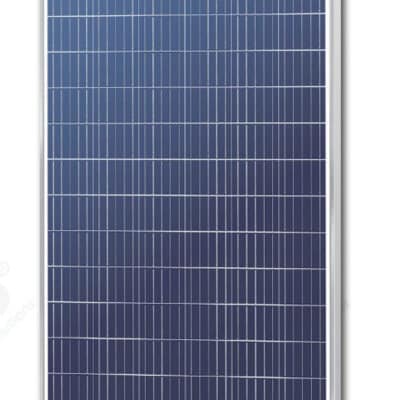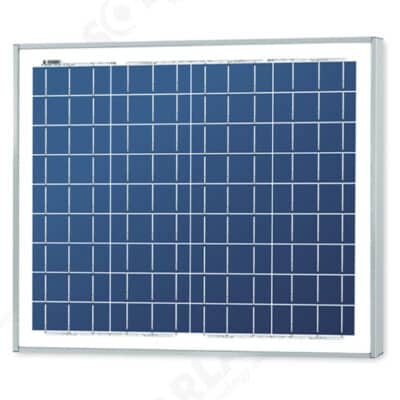Description
- COMPACT DESIGN The compact design of the SPYPOINT Solar Panel Kit puts both the solar panel and lithium battery in the same package. No more using a solar panel to charge a battery with wires running everywhere. Now, its all in one!
- SOLAR POWERED With trail cam solar panel you can use the power of the sun to keep the integrated lithium battery charged and powering your Trail Camera Solar Panel
- ONBOARD BATTERY Trail camera solar power isnt just a solar panel, its also a lithium battery! Panel and battery all in one means fewer wires and easier setup.
- SOLAR PANEL WITH BATTERY Keep your solar trail camera working longer with a lithium battery that is extended even further by being charged by the sun. A 12V solar panel for trail camera, 9V and 6 volt solar panel for deer feeder Power outlets.
- MULTI-UNIT COMPATIBILITY This isnt just for trail cameras. In addition to the 12 Volt solar panel output, there are also 9v solar panel and 6 volt solar panel power outlets to charge a wide variety of devices.






transplant yooper –
I’ve been running Spypoint cell cameras for a few years now, and though on the lower end of the price scale, I’ve been happy with their performance. One thing that did bother me was that they get a bit thirsty on the batteries when the temps start dipping below freezing. I have my cameras deployed over an hour away, so swapping batteries can be a chore. Last year I started to use rechargeable lithium batteries, which was a great move. However, I have been wanted a bit more longevity since I started using them. These Spypoint panels with integrated battery have had me curious from day 1. Now that I have one, I’m happy with the build quality and the features.
The panel has a few power output options. The USB-c would be handy for devices that need 3.5-5 volts. The round jack puts out ~12.5ish volts and will be perfect for most trail cams that take 8 AA batteries. The round cable has a positive lead in the center, and a negative feed on the outside. Most cameras will have a diagram near the external power port to indicate the polarity needed. The kit comes with multiple cables including a USB-c to USB-c, and USB to USB-c, and the cable with the round ends (not sure on the dimensions, but it fits both my Spypoint and Browning cameras). There’s also a strap, as well as a mount. If I have two gripes with the kit: the first is that the mount requires that you screw it into the tree or post, the second, and bigger gripe, is that there isn’t an easy way to lock this to the tree. For the screw mount, for those of us that hunt public land, especially federal public land, this isn’t legal. The mount does have dual ball mounts though, so I’m going to replace the end with the threaded spike with a plate that has a ball mount, then strap that to the tree. If you’re on private, or mounting to a post, this won’t be an issue. As far as the inability to lock it to the tree, there should be rings/loops molded into the panel to pass a cable lock through. Most trail cameras have these, including my Spypoint cameras, so why not include them with the panel? Theft is always a big concern for cameras. Adding this panel will only make the setup that much more noticeable in the woods, so hopefully this doesn’t end up being an issue for me, but something to keep in mind.
I will be deploying the panel this weekend, and will be giving it a thorough workout this fall. I’ll update this review if need be once I’ve had a chance to use it for a while.
transplant yooper –
This panel is designed to keep its internal batteries charged and delivering stable power for many, many hours. In my testing, this panel delivered an average of 30 Watt-hours of energy out of either the USB-C port or the 12V output jack.
The solar panels and internal electronics are sealed into the overall device so there’s no easy way to determine the charge rate from the solar panel itself, but the manufacturer’s claim that 12-24 hours of direct sunlight will recharge the internal batteries appears to be accurate.
The USB-C port complies with the USB-C charging protocols, and it will adapt its input and output voltage according to the type of device that it’s connected to. For example, when recharging the internal batteries, the C port will select either 5V, 9V, or 12V input, depending upon the type of device that’s charging it. When charging at 9V or 12V, it charges at a rate of around 1.4 Amps.
When powering or charging an external device such as a flashlight or phone, the C port will again adjust its output voltage to accommodate what it’s connected to.
The 12V output port is designed to work with the company’s line of trail cameras and I’ve added an additional connector so I can power additional devices and electronics that I use in the field.
The USB and the 12V output remained stable throughout the discharge tests that I conducted.
This solar panel comes with a heavy lag screw and a buckle strap to attach it to a tree or building. The mounting attachment connects to the panel via a strong and very useful ball-and-socket type mount.
And last, a long USB-C cable and a long cable for the 12V output are included.
To summarize, this is a remarkably well thought-out product. It is very rugged, it’s sealed against weather, and it works well at providing a stable USB or 12V output throughout the day and night.
REMY REVIEWS –
I have several SPYPOINT cameras, varying models, and some with solar power which I’ve found to obviously be very nice for keeping them going for longer and not having to routinely change batteries. If you have your cameras set up near your home, changing batteries really isn’t an issue but when we’re talking 30+ minutes to get to them, it’s really a pain to drive over an hour just to change batteries. So, when I saw this solar panel + battery I figured I could definitely use it to supplement the power to a non-solar camera in the field.
You get the battery/solar panel, which is pretty compact, the 1.5mm cable for SPYPOINT camera, mounting arm with strap, USB-C to USB-C cable, USB-A to USB-C cable and a booklet on getting everything setup. The setup was very simple.
They claim it’s IP66 rated, and the weekend after I set this up in my yard just to test it for a few days, it rained quite a lot so I let it sit in the rain for two days before checking it. It was completely fine.
Overall, it’s worked out great so far but I’ll be waiting for this winter before I’m really sold on it. I have it set up with the flex model camera. I’ve set it up in the field now after a week of testing at home, and I’ll be keeping tabs on it. I’ll try to update my review after I go back to check it in on it next.
Mauro Serrano –
Great solar panel for SPYPOINT cameras! Easy to install and saves on installing batteries or going to lease to put in new batteries!